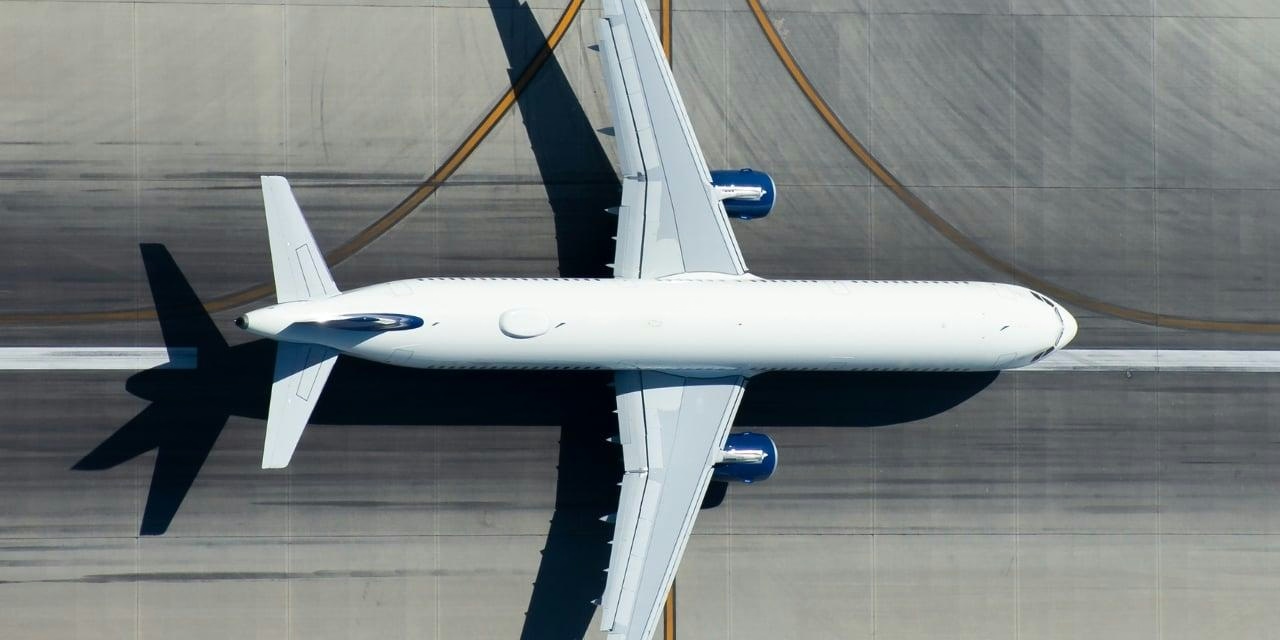
AeroGenie: il tuo copilota intelligente.
Tendenze
Categories
Icelandair Increases Capacity on Nuuk Route with Boeing 737-8
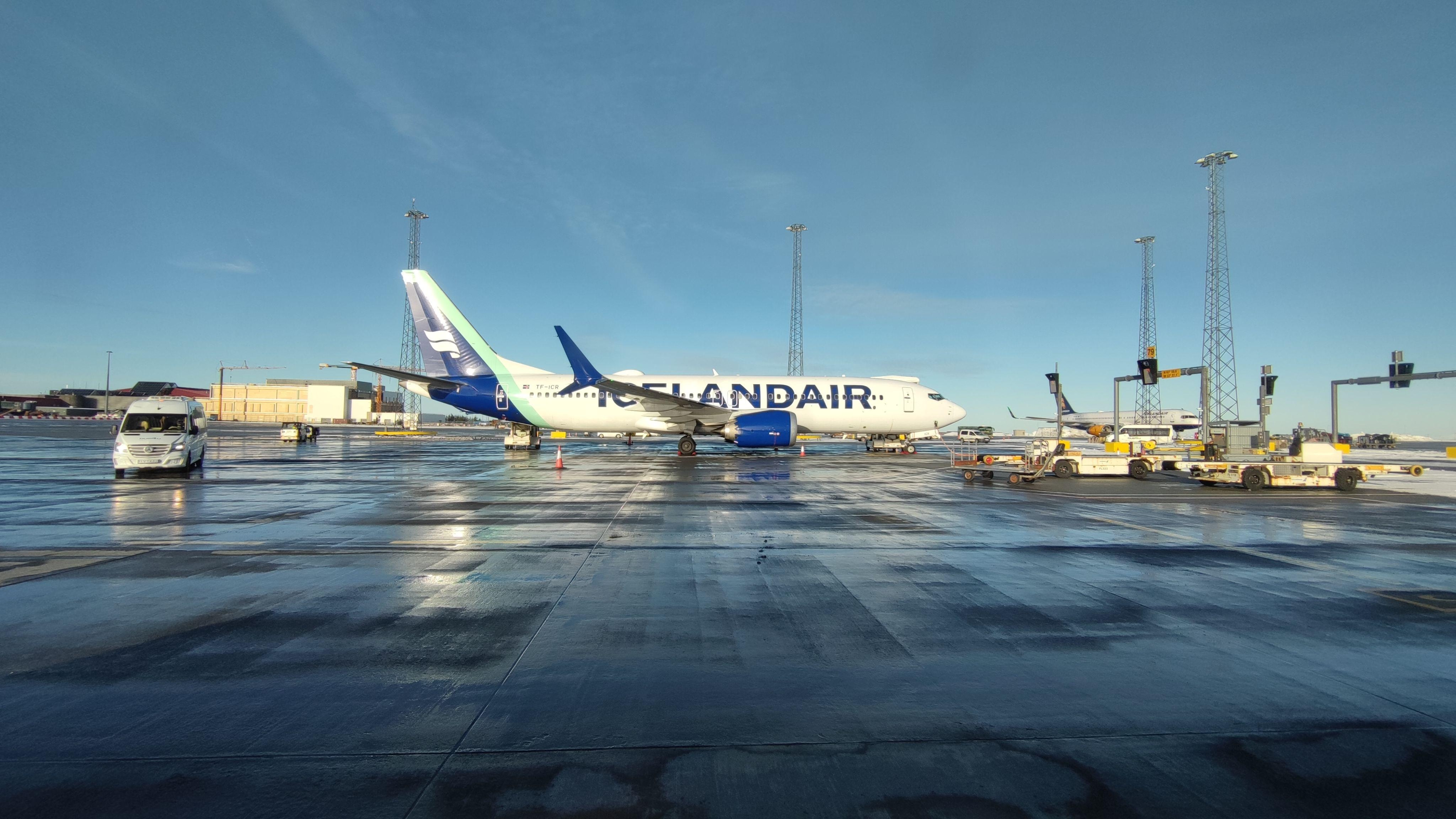
Icelandair Increases Capacity on Nuuk Route with Boeing 737-8
Transition to Larger Aircraft Following Runway Expansion
Icelandair has enhanced its service between Reykjavik Keflavik and Nuuk by introducing the Boeing 737-8 on this route, replacing the De Havilland Canada turboprop aircraft that had operated for several years. The first flight using the B737-8 took place on June 2, coinciding with the completion of an extended 2,200-metre runway at Nuuk Airport, which now supports larger jet aircraft. This development marks a significant upgrade in the airline’s operational capabilities on the route.
Previously, the connection between Reykjavik and Nuuk was served by DHC-8-Q200 and DHC-8-Q400 turboprops, accommodating 37 and 76 passengers respectively. The new Boeing 737-8 offers a substantial increase in capacity, featuring 144 economy seats alongside 16 business class seats. Despite this upgauge, Icelandair has reduced the frequency of flights from three to two weekly departures, reflecting a strategic recalibration of service levels.
Navigating Industry Challenges and Market Uncertainty
This adjustment comes amid a challenging environment for the global airline industry. Rising operational costs, ongoing supply chain disruptions, and indications of weakening demand are anticipated to affect carriers worldwide in 2025, according to recent reports by Skift and Tourism Review. These factors have compelled airlines to reconsider their capacity and route strategies, with some, including Air Canada, having recently cut routes in response to market volatility and geopolitical tensions.
Icelandair’s deployment of the Boeing 737-8 on the Nuuk route illustrates the complex balance between seizing growth opportunities and managing risk in uncertain conditions. While the larger aircraft enables the transport of more passengers per flight and may improve operational efficiency, the reduction in weekly frequencies signals a cautious approach to aligning supply with fluctuating demand.
Fleet Composition and Future Outlook
According to ch-aviation Commercial Aviation Aircraft Data, Icelandair’s current fleet comprises seventeen Boeing 737-8s, four Airbus A321-200NX(LR)s, four Boeing 737-9s, eleven Boeing 757-200s, three Boeing 767-300ERs, and one Boeing 767-300ER(BCF). Its regional subsidiary, Flugfélag Íslands, operates three DHC-8-Q200s and three DHC-8-Q400s, with plans to retire these smaller turboprops in the latter half of 2026.
As the aviation sector prepares for a potentially difficult year ahead, Icelandair’s recent changes highlight the ongoing challenge airlines face in balancing capacity expansion with the need to remain adaptable amid rapidly evolving market dynamics.
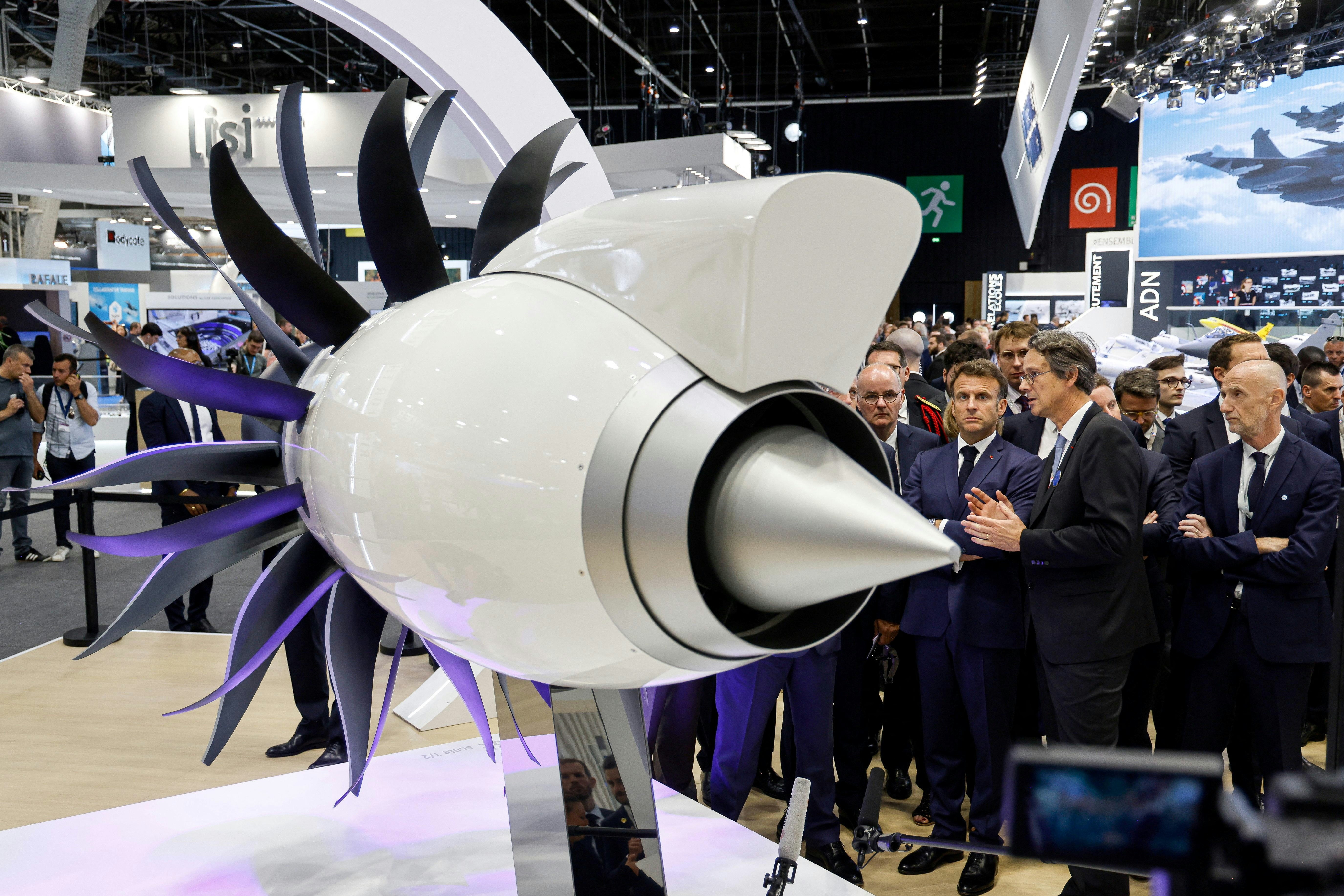
Safran S.A.: The Quiet Powerhouse Behind the Next Era of Aviation and Defense
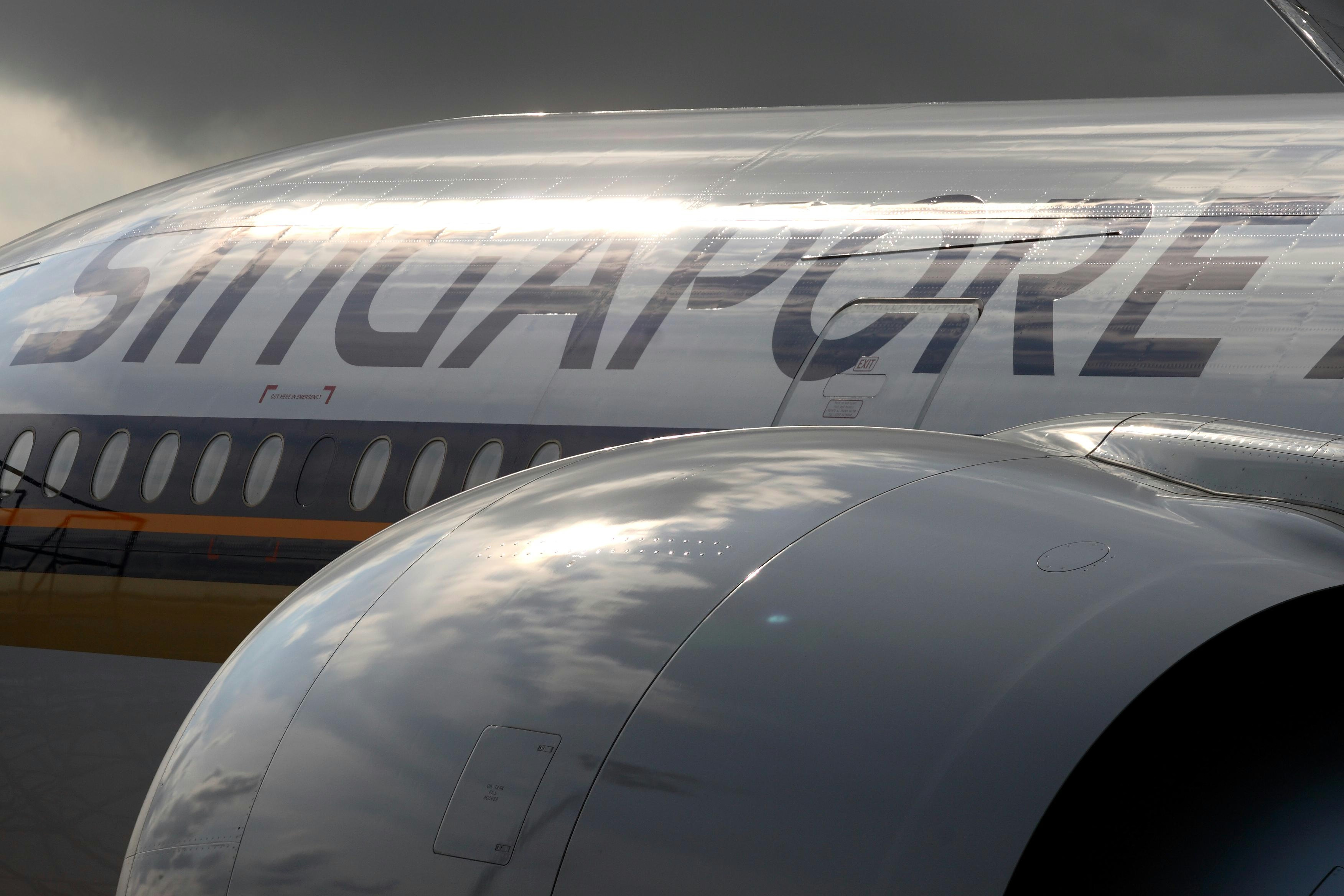
Singapore Airlines Partners with OpenAI to Enhance Customer Experience and Operations

Amadeus Partners with ICAO to Advance Biometrics and Digital Identity in Aviation
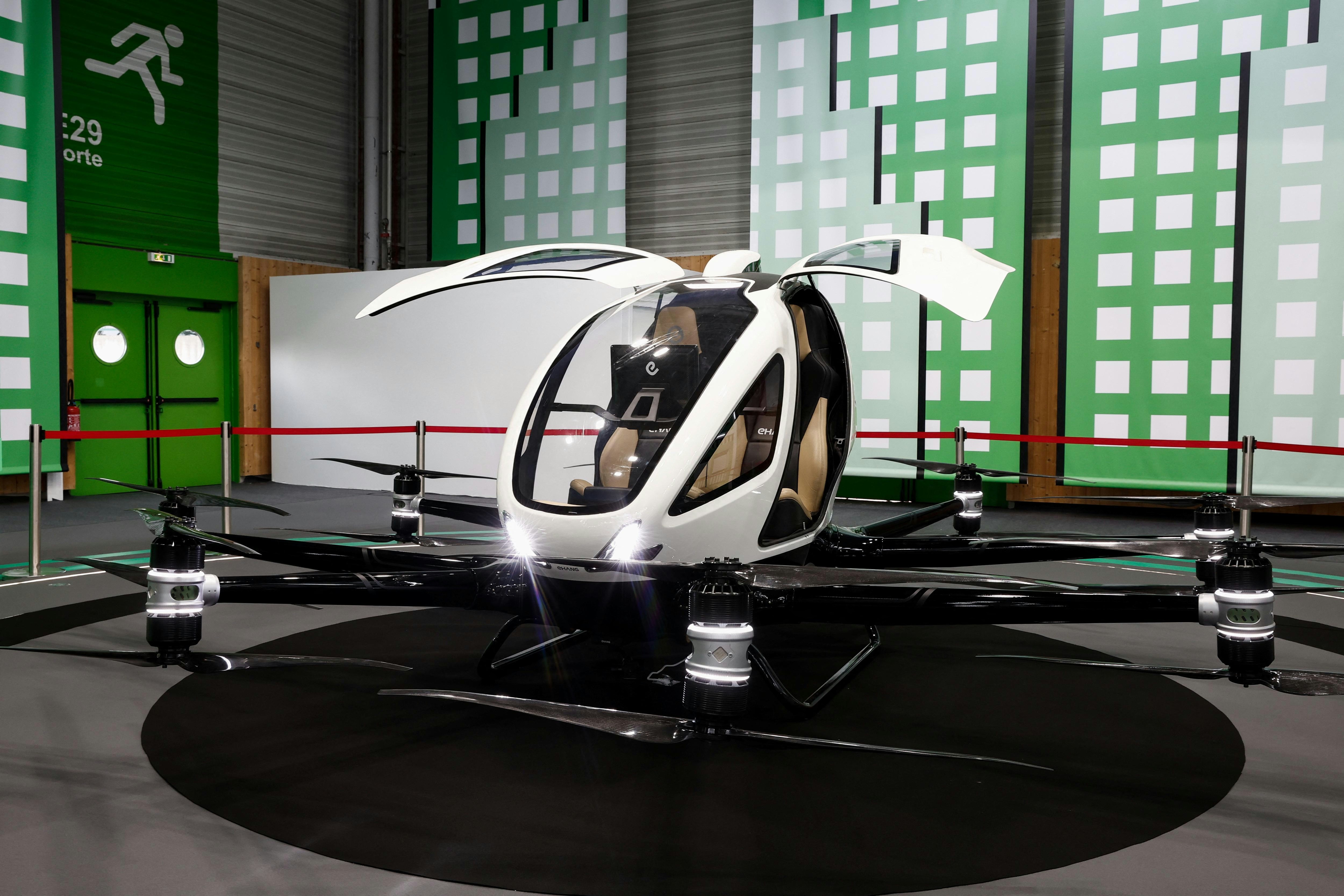
Expert Predicts Thousands of Passenger and Cargo Drones in Hong Kong Skies Within a Decade
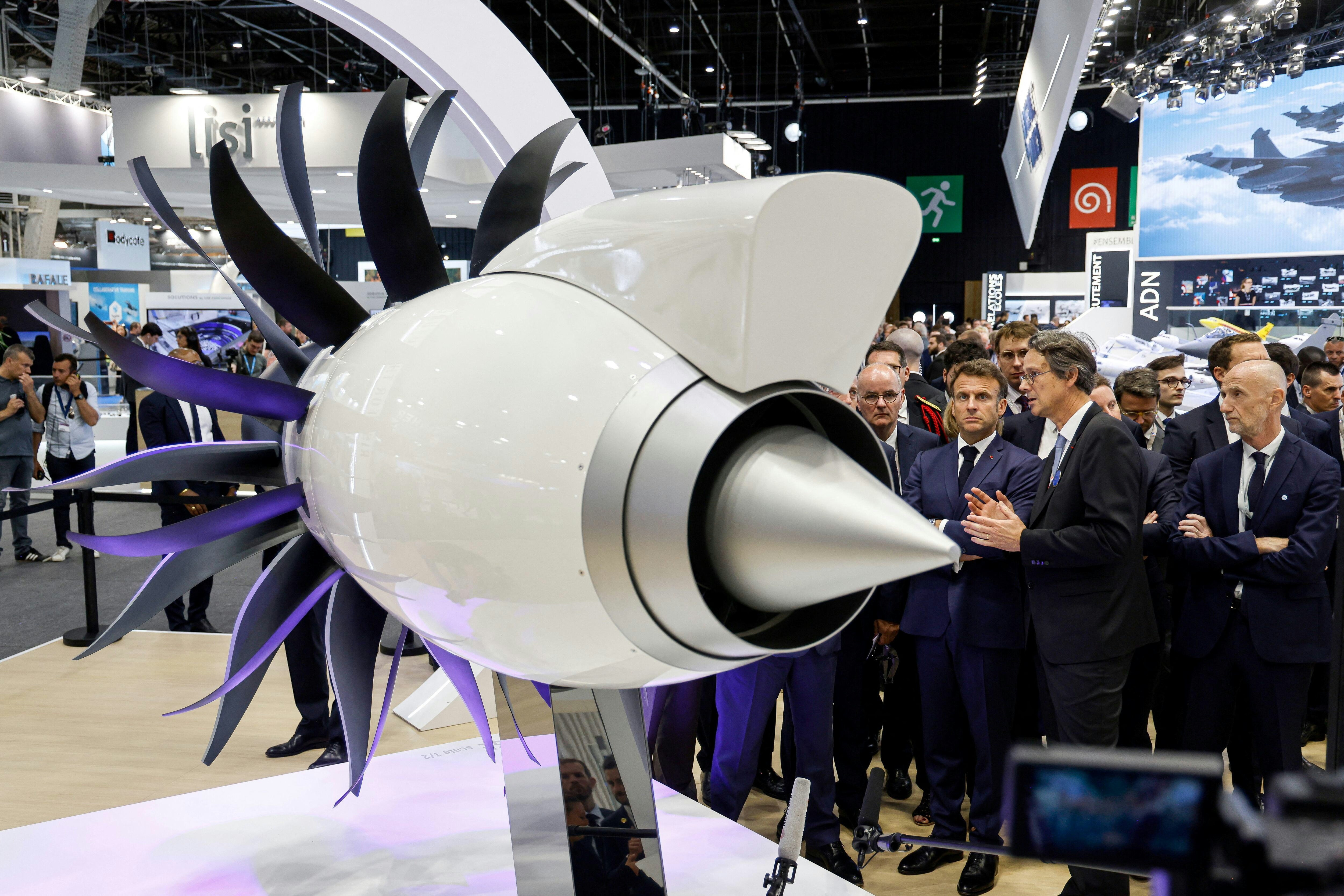
Safran S.A.: Growing Interest from Aviation Experts and Wall Street

Amazon and Boeing Executives Launch Sustainable Aviation Accelerator

Beyond the Black Box: Why Explainability Is Becoming Aviation’s New Safety Standard
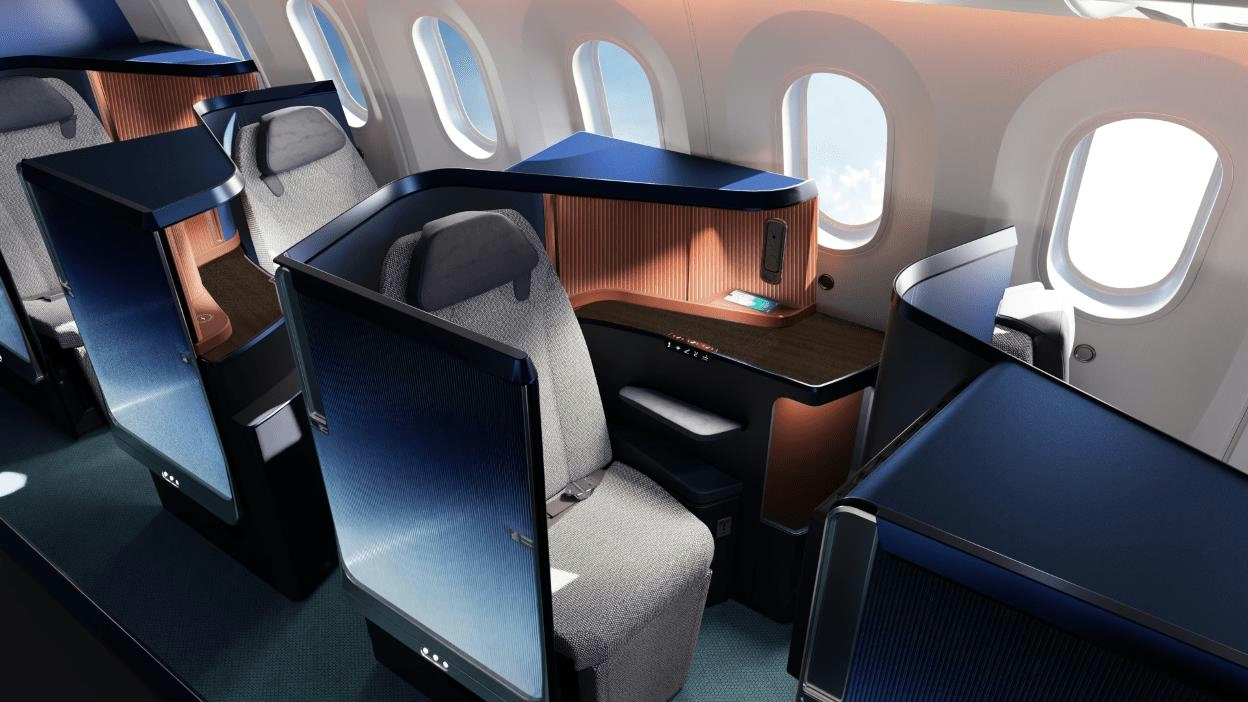
Long-Haul Airlines Transform Business Class on Narrowbody Aircraft
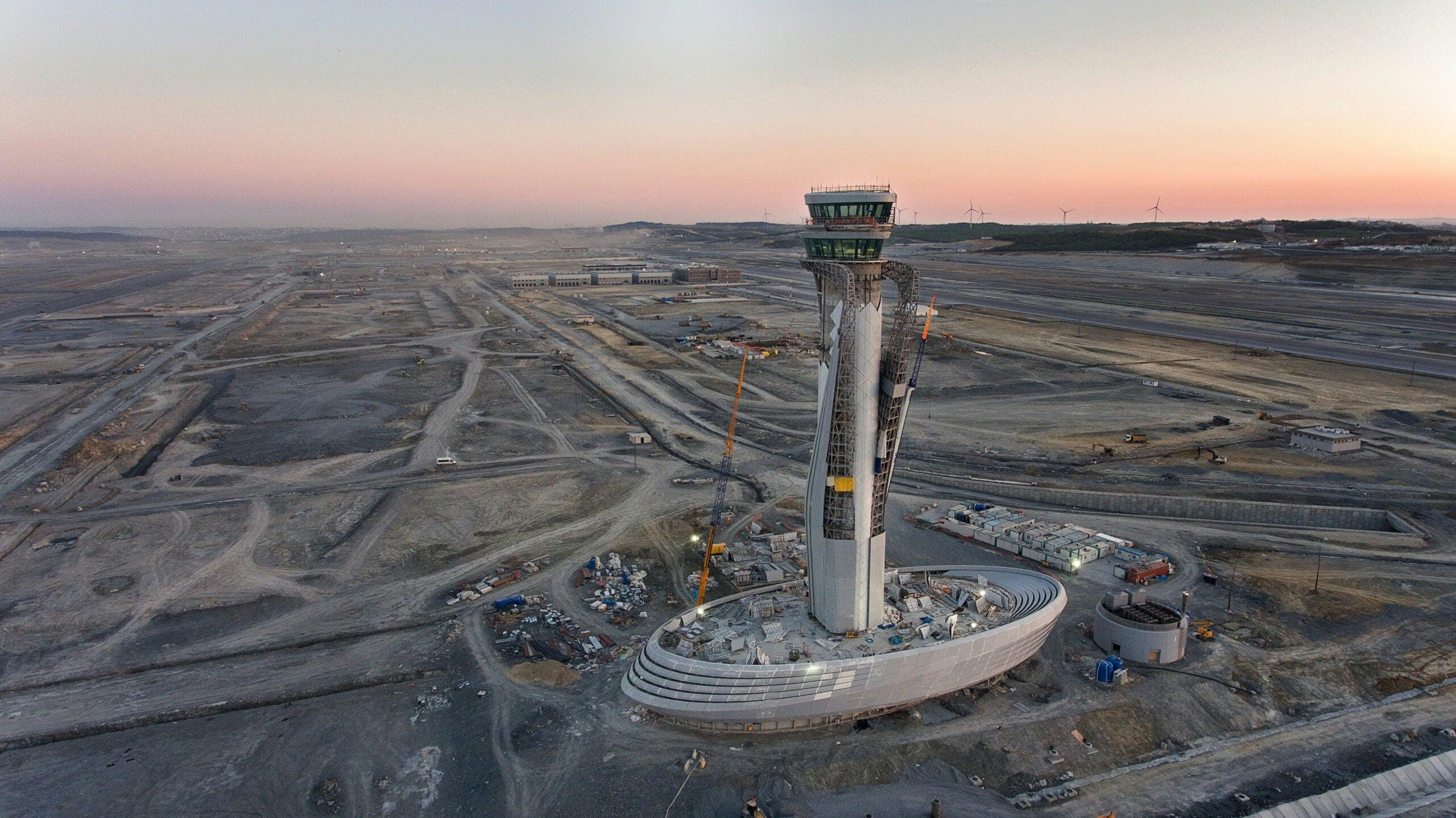
Turkish Airlines invests $2.3bn to expand Istanbul Airport hub
